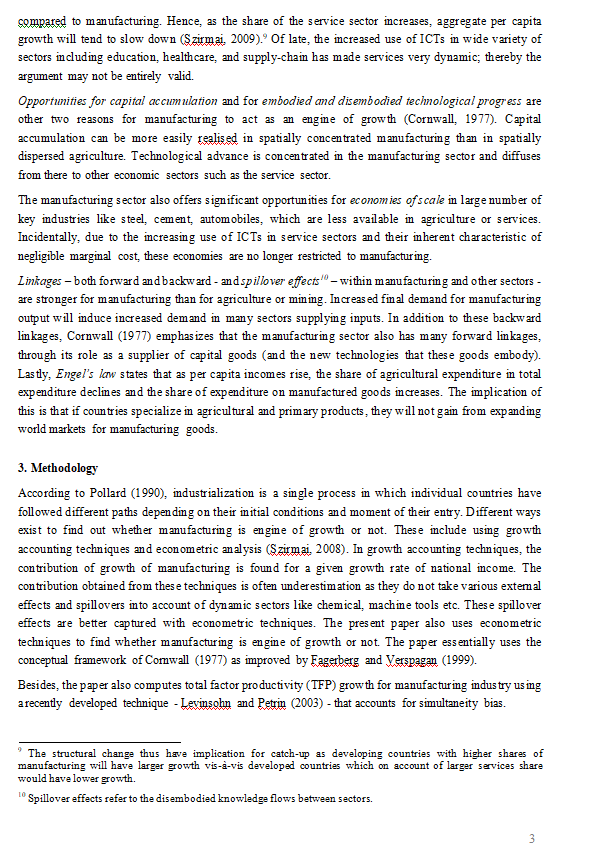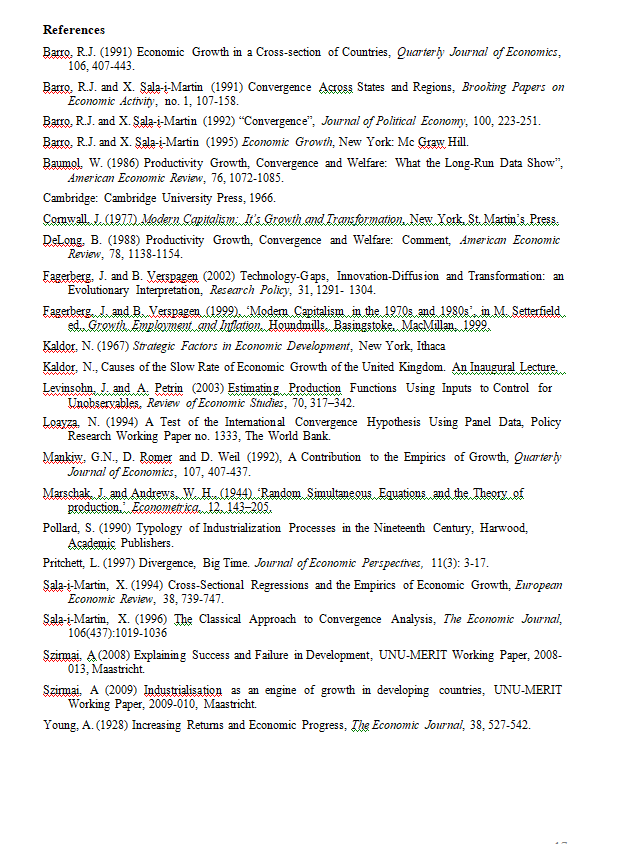CLASS:12 SUBJECT:
PHYSICS
FM: 75 TIME:
3Hrs
GROUP-A
Attempt all questions (11x1=11)
1. A
SHM has a amplitude A and time period T.
The time taken by it to travel from x= A
to x= A/2 is;
(a)
T/12 (b)
T/3 (c) T/4 (d) T/6
2. A
liquid is flowing in a tube under streamline flow. If the radius of the tube is
doubled , the rate flow becomes;
(a) Four
times (b) 16 times (c) 2 times (d) ¼ times
3. 15g
of air is heated from 00C to 50C at constant volume by
adding 150cal of heat. The change in internal energy per gram is;
(a) 150cal (b) 10cal (c)
750cal (d) 180cal
4. The
distance between two consecutive antinodes is 0.5m. The distance travelled by
the wave half the time period is;
(a) 0.25m (b)0.5m (c)1m (d) 2m
5. Young’s
double slit experiment confirms that;
(a) Light
is source of energy (b) Particle
nature of light
(c) wave nature of light (d) None of all
6. Which
of the following is the most important factor that helps to recognize a person
by his voice?
(a)
Intensity (b) pitch (c)
quality (d) None of all
7. Seebeck
effect helps to determine;
(a) Direction
of current (c) magnitude of emf
(b) Nature
of material (d) all of
above
8. Magnetic
field inside the solenoid is independent of;
(a)
Length of solenoid (c) radius of solenoid
(b) Number
of turns in solenoid (d) current in solenoid
9. An
electron and proton are under the effect of same electric field. They will
experience;
(a) Same
force and same acceleration
(b) Same
force and different acceleration
(c) Different
force and same acceleration
(d) Different
force and different acceleration
10. The
unit of inductance is;
(a) V/m b)
J/A c) VsA-1 d)VA
11. Which
gate is an inverter gate?
(a)NOT
gate (b) OR gate c) AND gate d) none
GROUP-B
Attempt all questions[8x5=40]
1. (a) In a physics lab, you attach
a 0.200 kg air-track glider to the end of an ideal spring of negligible mass
and start it oscillating. The elapsed time from when the glider first moves
through the equilibrium point to the second time it moves through that point is
2.60 s. Find the spring’s force constant[3]
b) At what point in the motion of
a simple pendulum is the string tension greatest? Least?[2]
2.
(a)What
is molecular theory of surface tension.[3]
(b).The
ship rides several centimeters lower in the water in lake than it did in the
ocean. Explain.[2]
3.
(a)Derive
the Poisseulle’s formula[3]
(b).How
can you distinguish the laminar flow of
fluid with turbulent flow?[2]
4.
(a)What
is molecular theory of surface tension.[3]
(b).The
ship rides several centimeters lower in the water in lake than it did in the
ocean. Explain.[2]
5.
What
is the Wheatstone bridge? Find the balanced condition of Wheatstone’s by using
Kirchoff’s laws[1+4=5]
6.
(a)How
did Laplace corrected Newton’s formula for velocity of sound?[3]
(b)
Calculate the speed of sound in air at 200C if density of air is
1.29kg/m3, molar mass 28.8g and pressure 1.1013 x104Pa (γ for air is 1.4)[2]
7.
(a)Define
the coherent sources of light[1]
(b).Prove
analytically that the bright and dark fringes in Young’s double slit experiment
are equally spaced.{No necessary for full derivation}[2]
(C)
define the closed organ pipe and hence define the resonance condition for the
stationary wave formation[2]
OR
Describe
the different modes of stationary wave produced in the closed organ pipe[3]
What is end correction of organ pipe[2]
8.
(a)How
the electrons are emitted from metal surface in the photoelectric effect?[2]
(b).Derive
the Einstein’s photoelectric equation[3]
OR
What
are rectifiers? [1]
How
the filter circuit added to rectifier can make uniform output voltage.[2.]
Write
the forward bias characteristics of PN junction diode.[2]
GROUP-C
Attempt
all questions[3x8=24]
1.
(a)
What is the use of Biot and Savart’s law?[1]
(b)
Describe how the Hall voltage is developed during Hall effect.[2]
(c)
What is Ampere’s circuital law[2]
(d)
Use Ampere’s law to determine the magnetic field due to solenoid.[3]
OR
(a)Define
electromagnetic induction.[1]
(b)What
is Lenz law ? How does it follow the law of conservation of energy[3]
(c)
Describe about the working of potentiometer and hence write the expression of
internal resistance of given cell with use of potentiometer
2. (a) A
machinist is using a wrench to loosen a nut. The wrench is 25.0 cm long, and he
exerts a 17.0 N force at the end of the handle at 37° with the handle . (i)
What torque does the machinist exert about the center of the nut? (ii) What is
the maximum torque he could exert with a force of this magnitude, and how
should the force be oriented?[2+3=5]

(b)Derive
the expression of acceleration of body rolling down an inclined plane[3]
3. What are Bohr’s postulates for
hydrogen like atom? Hence find the expression of radius of nth orbit, velocity
of electron and total energy of electron in that orbit by using the Bohr’s
postulates.[3+1.5+1+2.5]


























